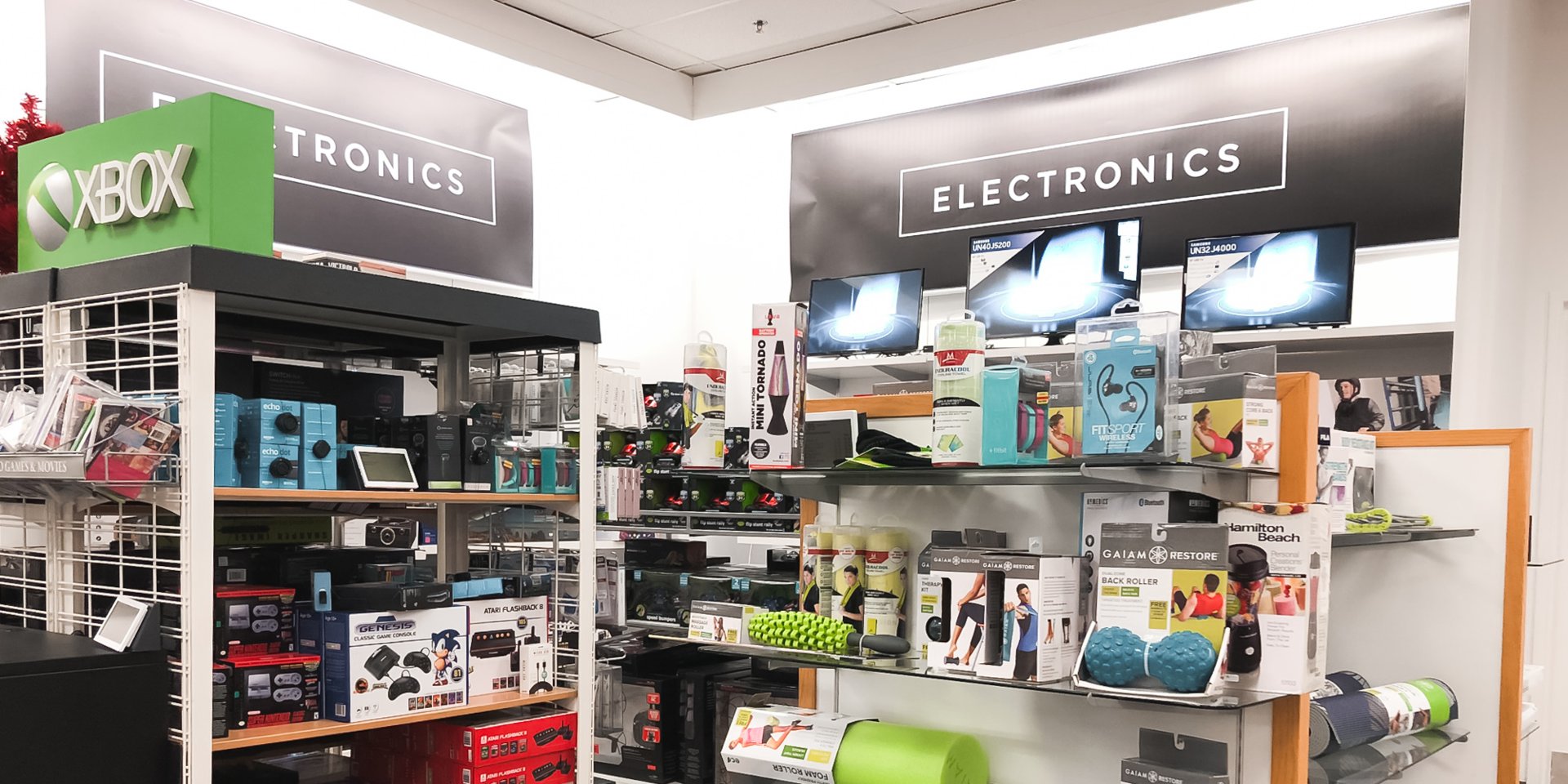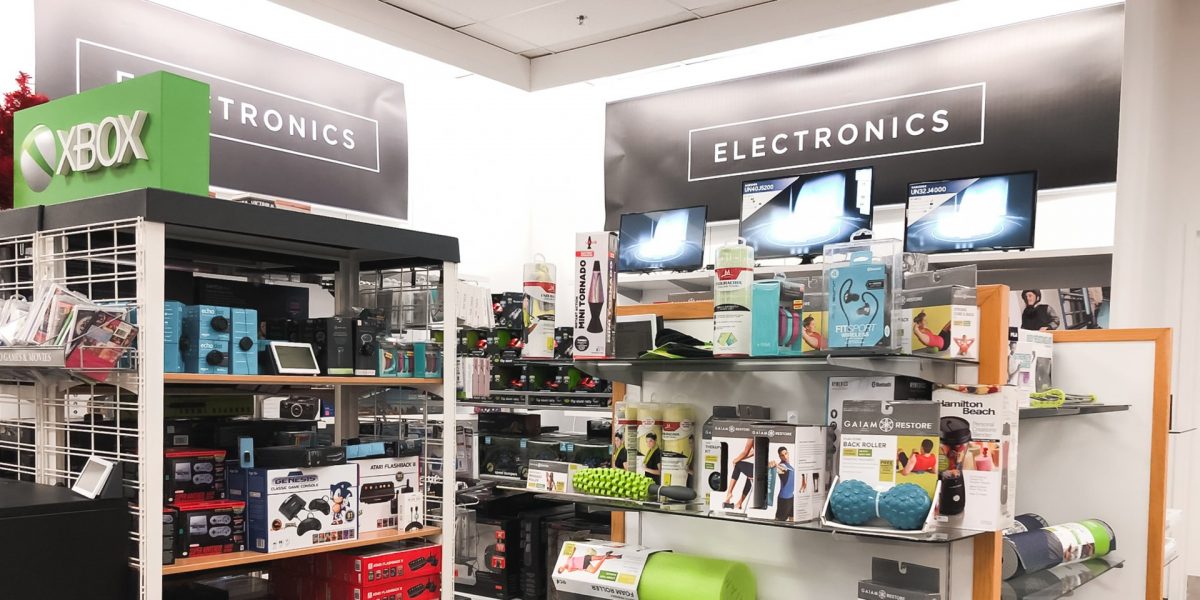
Kohl’s is thriving as other department stores struggle.
In November, Kohl’s reported that comparable sales were up 2.5% in the third quarter of 2018. Meanwhile, other department stores like Sears and JCPenney have been struggling through crippling sales declines.
One major advantage that Kohl’s has over other department stores is that nine out of 10 Kohl’s stores are in suburban strip malls rather than enclosed shopping malls, so it isn’t as strongly effected by declining foot traffic to malls. Kohl’s has about 1,100 stores.
The low-price department store has also been benefiting from a disappearing middle class and a higher demand for budget options — two factors that have been hurting more high-end department stores.
Kohl’s has been making some major changes to its stores. In March, the company announced a plan to bring the discount grocery chain Aldi to 10 of its stores in a pilot test.
“This quarter, we launched two pilot stores where we are testing a new customer service center concept, that includes a centralized checkout, a new impulse merchandising approach, self-checkout, new self-service kiosks and buy online, pick up in-store lockers,” CEO Michelle Gass said in the company’s third-quarter earnings call.
The department-store chain has also expanded its partnership with Amazon and is now accepting returns from the e-commerce giant in about 100 stores. Kohl’s has tripled the amount of Amazon pop-up shops inside Kohl’s from 10 to 30 stores, and it will continue selling Amazon-branded products in all stores to help drive traffic.
We visited a Kohl’s store in Jersey City, New Jersey, and saw for ourselves why the retailer’s changes are helping it thrive:

